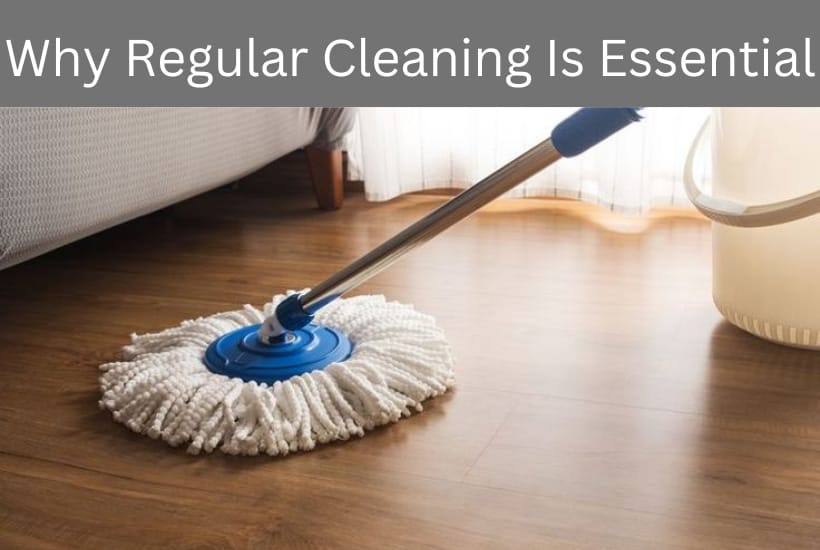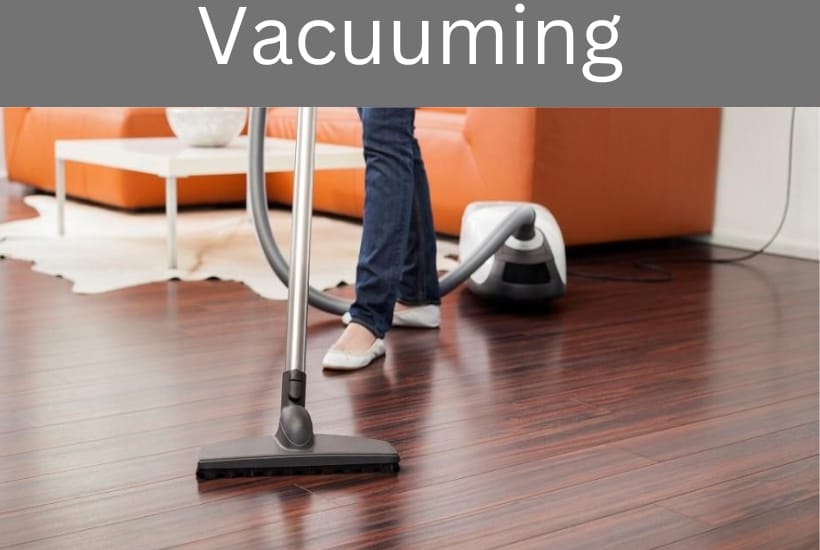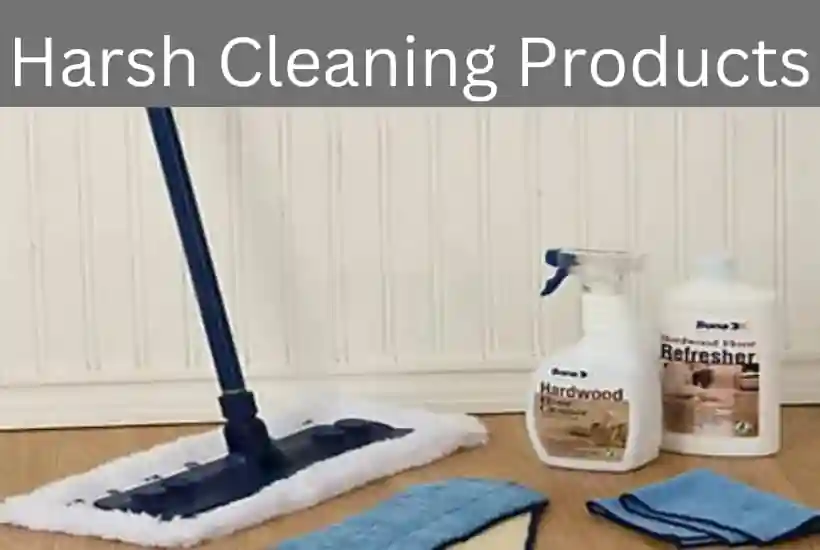Engineered wood flooring offers improved durability and moisture resistance, along with the beauty of hardwood. Although it is a durable and fashionable option for houses, it needs to be cleaned and maintained properly to last a long time and maintain its beauty. This extensive reference includes more than 1,000 words of practical guidance on maintaining and cleaning engineered wood floors.
Understanding Engineered Wood Floors
What Are Engineered Wood Floors?
The layers of engineered wood flooring are as follows:
- Top Layer: A thin layer of genuine hardwood veneer that gives the appearance of wood.
- High-density fiberboard (HDF) or plywood, the core layer, offers structural stability and resistance to shrinkage or warping.
Compared to solid hardwood, engineered wood is less vulnerable to environmental changes because of its layered construction; nonetheless, it still needs to be cleaned carefully to prevent harm to the hardwood veneer.
Why Regular Cleaning Is Essential

How to clean engineered wood floors properly:
- keeps their gloss and finish intact.
- keeps dirt and debris from causing scratches and scuffs.
- prevents stains and water damage.
- increases the flooring’s longevity.
Even resilient flooring can become dull and develop long-term problems like warping, discoloration, or wear if it is not regularly maintained.
Tools and Supplies for Cleaning
Essential Tools
- A microfiber dust mop is the best tool for collecting dust and avoiding scratches.
- A soft-bristled broom is good for everyday cleaning and is kind to surfaces.
- Vacuum Cleaner: To get rid of debris from difficult-to-reach places, use a hardwood floor setting or attachment.
Cleaning Products
- pH-Neutral Hardwood Cleaner: Made especially for wood floors, this cleaner removes dirt without removing the polish.
- When diluted, mild dish soap can be used to remove stubborn stains or grease.
- Rubbing alcohol works well to get rid of tough stains, paint, and ink.
Items to Avoid
- Wet or steam mops (too much wetness can harm the veneer).
- Abrasive pads or brushes have the potential to scratch surfaces.
- harsh substances that could remove the finish, such as vinegar, bleach, or ammonia.
Daily Cleaning Practices
1. Sweeping or Dusting
- Dust, pet hair, and loose dirt can be removed with a soft-bristled broom or microfiber mop.
- To efficiently catch tiny particles, sweep in the direction of the wood grain.
2. Preventing Dirt Buildup
- To catch dirt and debris, use doormats at each entrance.
- To reduce wear and tear, promote an indoor shoe-free policy.
3. Vacuuming

To clean corners, edges, and underneath furniture, use a vacuum attachment designed for hardwood floors.
To prevent scuffs or scratches, make sure the wheels are clean.
Weekly Cleaning Routine
1. Damp Mopping
- As directed by the manufacturer, dampen a microfiber mop with water or a diluted hardwood cleaner.
- To prevent leaving standing water on the floor, completely wipe out the mop.
- For a finish devoid of streaks, carefully mop in the direction of the grain.
2. Spot Cleaning
- Use a moist cloth and a few drops of mild dish soap to clean up spills and sticky areas.
- To get rid of any soap residue, rinse the area with a slightly damp cloth.
- Use a fresh, gentle towel to dry right away.
Tackling Tough Stains and Spills
1. Common Spills
- Use a moist cloth and a few drops of mild dish soap to clean up spills and sticky areas.
- To get rid of any soap residue, rinse the area with a slightly damp cloth.
- Use a fresh, gentle towel to dry right away.
2. Stubborn Stains
Use a cloth dipped in a mixture of warm water and mild dish soap to remove grease or oil stains. Gently wipe, then dry right away.
- Paint or Ink Stains: Use a towel soaked in rubbing alcohol to dab the stain. To keep the finish from getting damaged, avoid scraping.
- Water Rings or Stains: Use a dry microfiber cloth to buff the affected area, or seek expert assistance if the stain doesn’t go away.
Monthly and Seasonal Maintenance
1. Polishing
- Apply a polish made especially for engineered wood floors to bring back the sheen and shield the surface.
- Wax-based polishes can leave a sticky residue, so stay away from them unless the floor manufacturer recommends them.
2. Resealing
- Periodically inspect the finish for wear indicators.
- Depending on usage, reseal the floor every few years to preserve its protective coating.
Preventive Measures
1. Protecting High-Traffic Areas

- In high-traffic areas such as hallways and entryways, use area rugs or runners.
- To avoid uneven wear, rotate rugs from time to time.
2. Using Furniture Pads
- To avoid scratching, place felt pads underneath the furniture legs.
- To uniformly spread the weight of heavy furniture, place coasters underneath it.
3. Managing Humidity Levels
- To keep the wood from expanding or contracting, keep the humidity level within between 30% and 50%.
In dry winters, use a humidifier; in humid summers, use a dehumidifier.
4. Shielding Floors from Sunlight
- To stop fading from direct sunshine, use UV-protective window films, shades, or drapes.
Common Cleaning Mistakes to Avoid
1. Using Excess Water
- Wood flooring is harmed by water. Instead of letting water dry on the surface, always use a damp mop.
2. Harsh Cleaning Products

- Strong chemicals have the potential to harm wood and remove the finish. Use only materials made for engineered or hardwood wood.
3. Ignoring Spills
- If spills are not cleaned up right away, they may cause warping or discoloration.
4. Steam Cleaning
- The wood may deform as a result of the heat and moisture from the steam mop.
FAQs About Cleaning Engineered Wood Floors
1. How Often Should I Clean My Floors?
- Every day: Use a dust mop or sweeper to get rid of dirt.
- Weekly: Use a damp mop to keep everything tidy.
- Seasonally, seal and polish as necessary.
2. Can I use vinegar to clean engineered wood floors?
- No. Over time, vinegar can degrade the finish because it is excessively acidic.
3. How Do I Remove Minor Scratches?
- Use a matching-colored touch-up pen or a wax filler stick.
- See a specialist for deeper scratches.
4. Can Engineered Wood Be Refinished?
- Yes, but only if the veneer layer is sufficiently thick. Refinishing ought to be done occasionally.
Conclusion
Engineered wood floors are both durable and aesthetically pleasing, but maintaining their attractiveness requires careful maintenance. Your floors can remain as beautiful as the day they were put in with routine cleaning, spill prevention, and preventative measures. You can prolong their longevity and preserve their luster by using the methods and advice in this guide, which will guarantee that your investment will be profitable for many years to come.
More than 1,000 words of professional cleaning tips for engineered wood floors are included in this guide. Please let me know if you require a customized version or further information!







